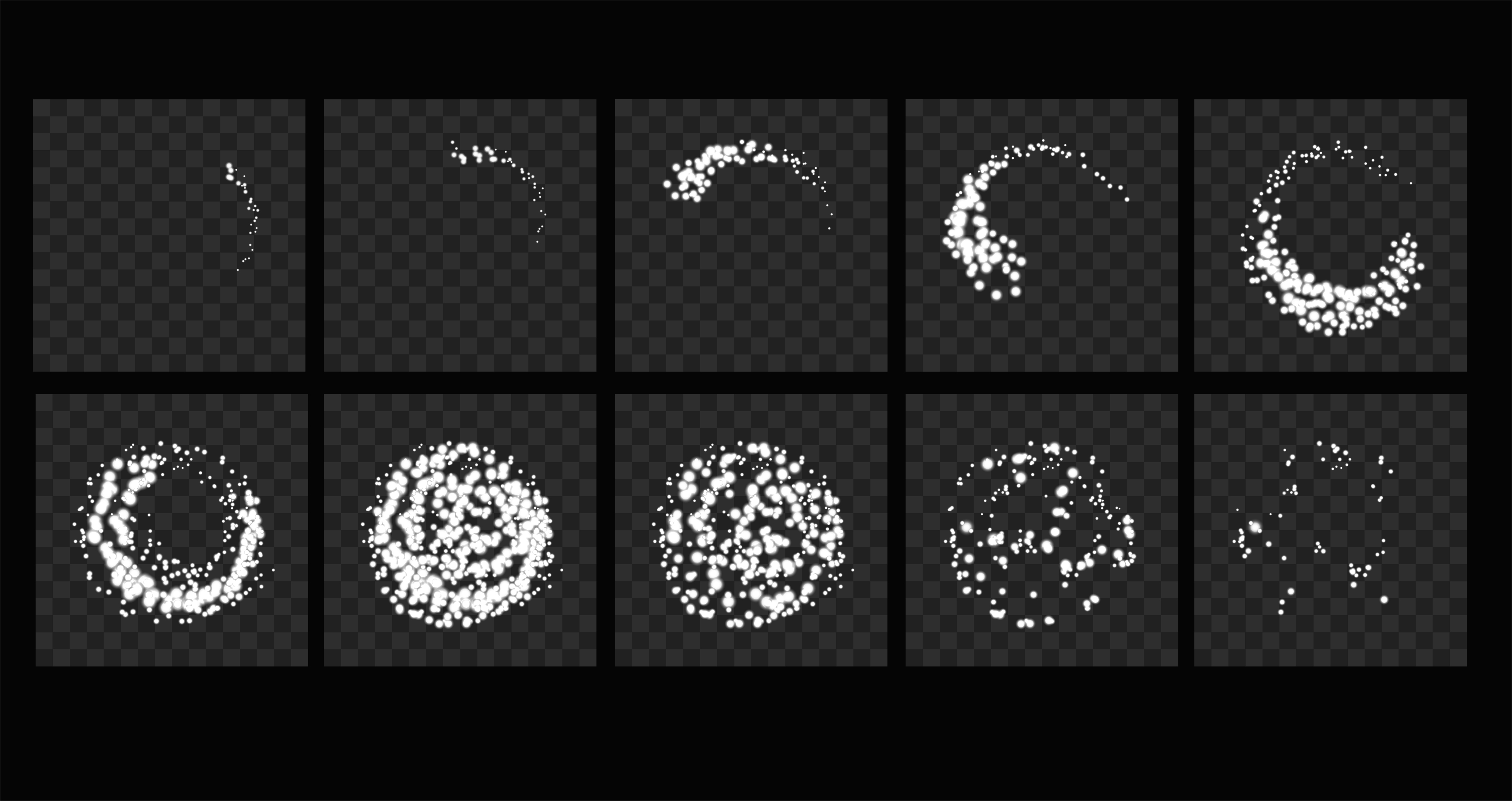Pixar animation artist and excellent teacher, Tony DeRose, has once again graced youtube with a demonstration of the animation process involved in creating Pixar movies. Specifically, he demonstrates how mathematics is used to create a range of vibrant, dynamic, distinct and lovable characters – from skinny and awkward Woody to the robust and muscular Mr. Incredible.
The video (recorded by Numberphile) shows how a basic square can be manipulated using simple equations – a process which gradually adds more points (or edges) until a curved surface is achieved. Using this method, Tony shows how a series straight lines can become a realistic character with unique features – which can be seen below in a scene from Finding Nemo.

If you look carefully, you can see the straight lines and squares which make up the beloved ‘Finding Nemo’ characters
Tony also explains that the “weighting” (how closely the lines and edges are placed to each other) employs the use of Pascal’s triangle. The use of different weighting is what gives Pixar characters different looks, and ensures that each character posses unique features – from a pointed nose, to a rounded stomach, to wrinkled hands. So although they might look very different, Mr. Potato Head and Mr. Incredible likely started from the same blank square, and altered until they obtained their own personal features using the Pixar weighting system.
Given the mathematically-intensive nature of animation, it’s not surprising that Tony advises any prospective Pixar artists should be well-versed in mathematics, graphics and computer programming (you can check real job descriptions here for more detailed records). In the meantime, you can watch the video below and brush up on your knowledge of Pascal’s triangle – and next time a student asks when they’ll need it, you’ve got the perfect answer.
Don’t forget you can also check out a more detailed explanation from Tony DeRose with his TED talk right here on Calculate.



